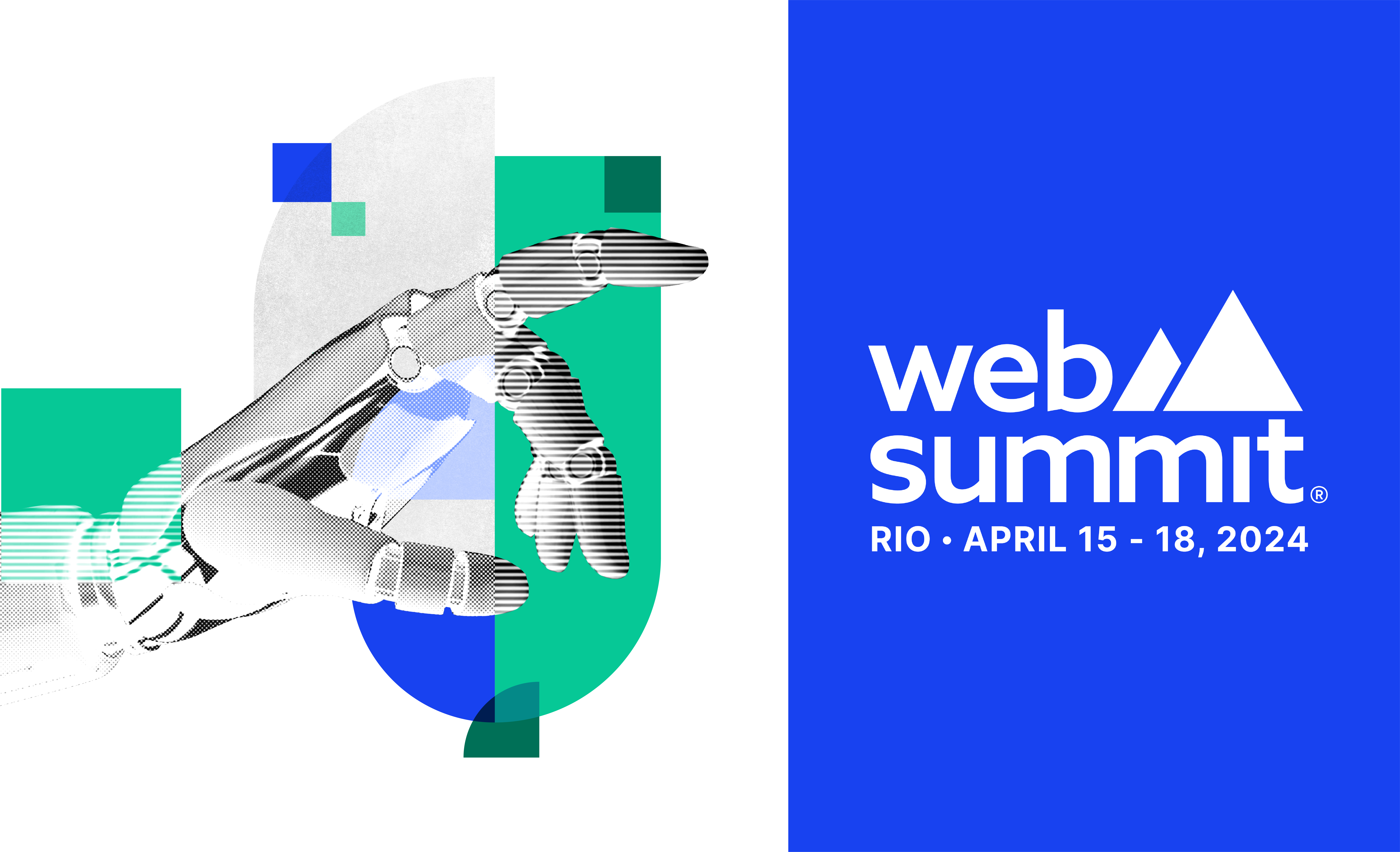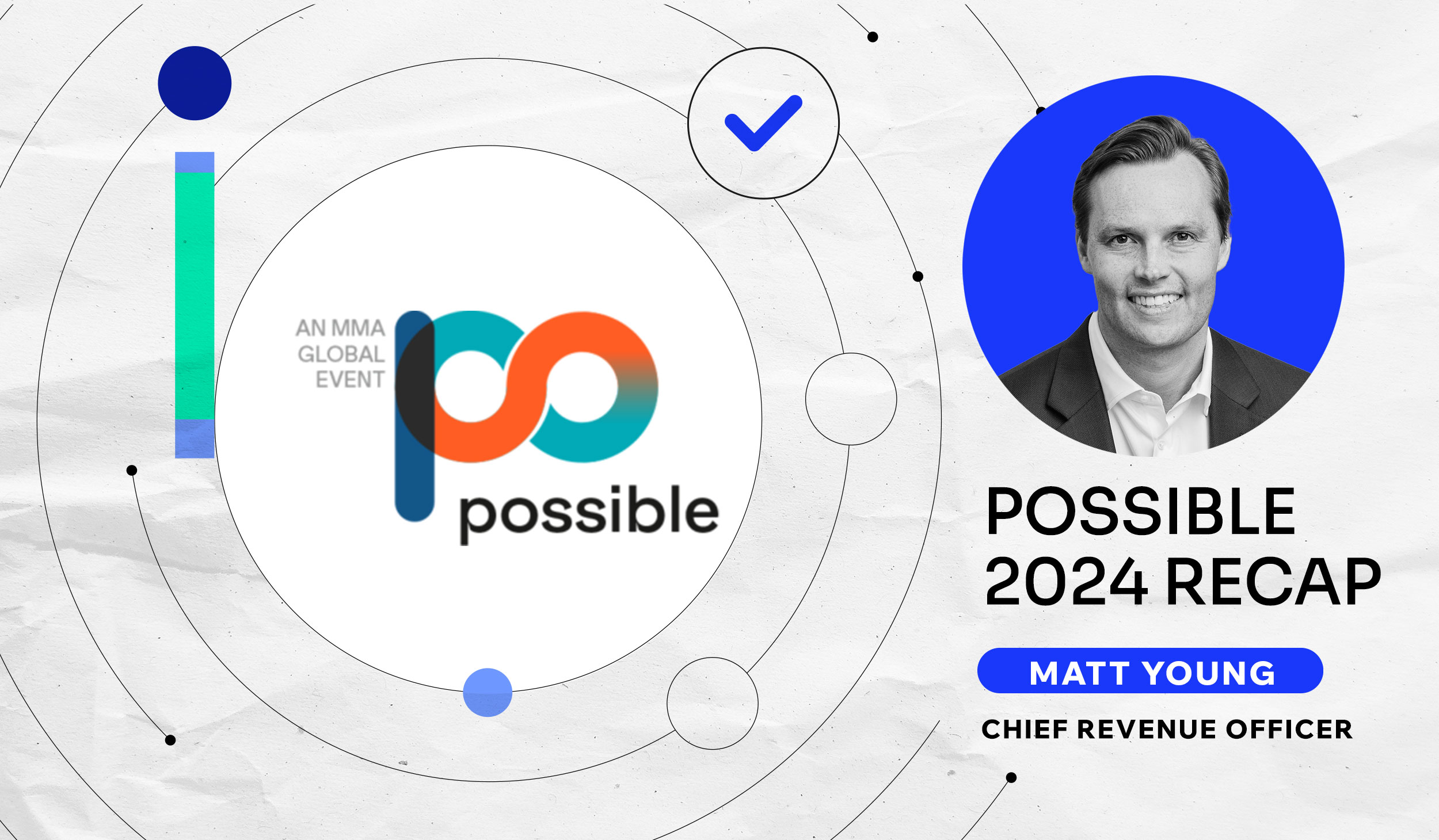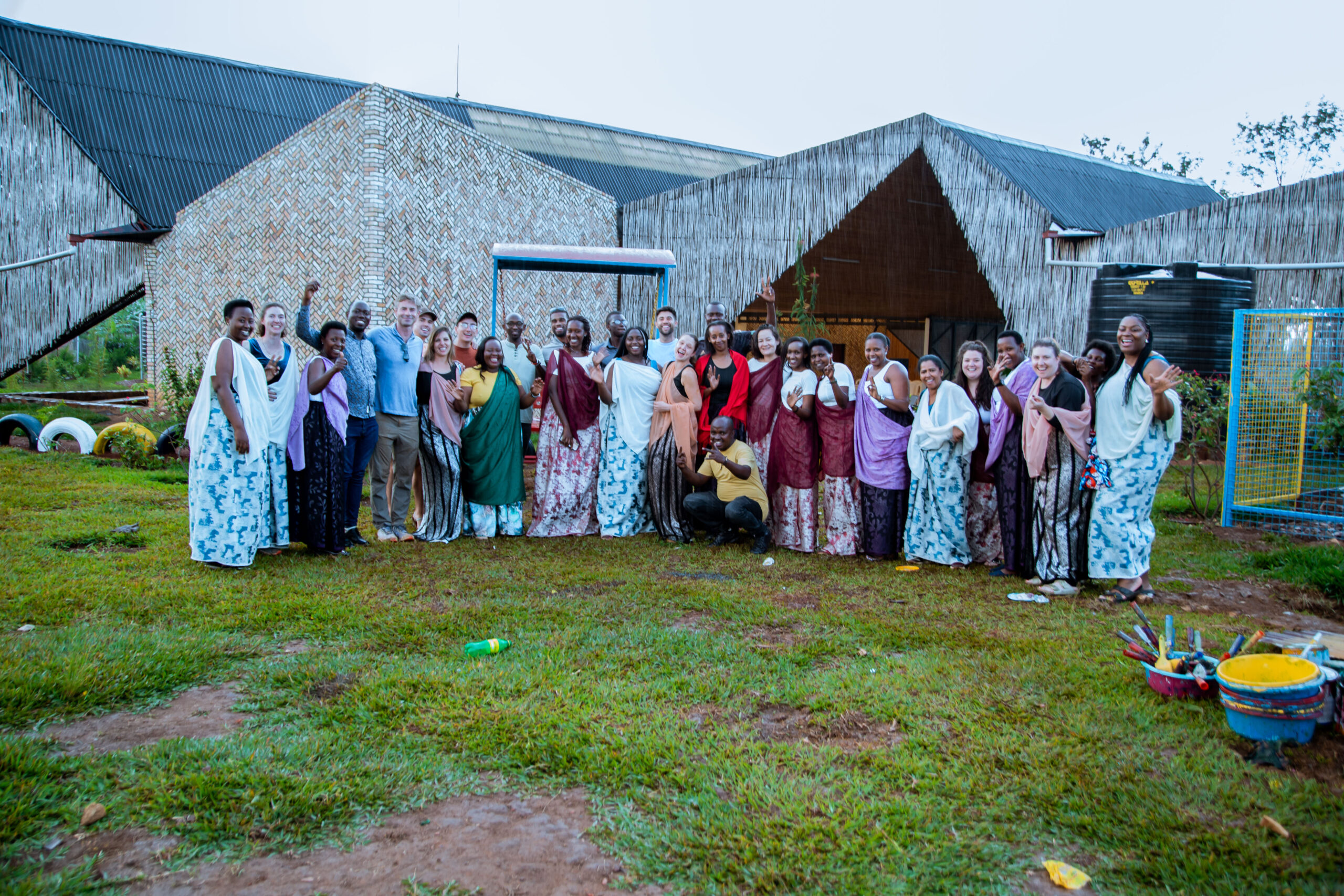3 Questions Marketers Should Ask Before Adjusting Their Campaigns for the COVID-19 Crisis

All marketers are faced with a question right now of if and how they should be adjusting their marketing for the COVID-19 crisis. Nervousness about budgets, fear of the wrong message or appearing tone deaf, or irrelevance of an offer in a time where it’s becoming more and more impossible to ‘go’ somewhere has compelled some brands to pause or delay campaigns.
Undoubtedly, brands need to review their scheduled organic and paid advertising (and many have by now). For some, this review will signal full steam ahead. For example, for some legacy food brands like General Mills, maker of cereals like Cheerios and El Paso Taco shells, continuing to keep their brand top of mind in a peak of home cooking is essential and continued broad scale advertising conveys a sense of certainty in uncertain times.
As General Mills CEO Jeff Harmening said “I think it also can connote a sense of normalcy for people as their lives are anything but normal in many parts of the world. And so, for us, we think we have a responsibility to do that, whether it’s delivering our products or whether it’s advertising, you know, Cinnamon Toast Crunch.”
For other brands who are less certain, we would suggest asking the following questions to identify how to adjust.
Question 1: How does the crisis change the consumer journey for our audience?
Do constraints in movement or economic uncertainty make it more difficult or undesirable to buy our product or service? For some brands like FMCG the buying remains the same or can even increase (think shelf life stable food). However, other brands like travel and auto may pause at this question.
Vacations and car purchases are undoubtedly delayed, but planning and research still continue. The average consumer journey for a purchaser of a new car is about 3 months, so while sales activation efforts to get someone into a dealership this weekend won’t work–continuing to build brand and top of mind awareness remain essential.
But perhaps a change makes sense–does travel become more about planning and dreaming of your next vacation (even if it is slightly farther away) and auto about conveying that it’s a brand that will be there for you (like Hyundai is doing with its buyer protection)?
This may require a shift in where you are running your media (saving and planning become more important) as well as a shift to more brand-based vs. very bottom of the funnel targeting. It will certainly require a change in focus, you will want to understand the effectiveness and efficiency of each asset and make sure that any non-performant media or creative assets are quickly addressed.
Question 2: Is there a competitive risk to going dark?
Share of voice translates to share of mind and share of mind translates to share of market. 2018 research by the ARF found that businesses that continue to advertise in a period where some may go dark maintain “a lasting advantage over their competitors who decrease their ad spending during the same period.” Similarly, they found that “regaining market share and brand equity following “going dark” can be difficult and costly.
Consider whether an upfront savings in the moment will be vitiated by a need to subsequently overspend to regain or maintain brand equity.
Question 3: With the assets that you have on hand can you adjust your message for the moment?
There is an immediate tendency to think that to convey empathy and relevance in the moment a brand has to go Super Bowl-spot big. Brands that can do something in the moment should and must do something and sharing the thing that they are doing, through paid and organic media, makes sense.
But simple messages can also be extremely powerful. Think of the Nike ad that just ran on social–a simple white background and the message (all text): “If you ever dreamed of playing for millions around the world, now is your chance. Play inside, play for the world.”
Simple, memorable and effective–proof positive how messaging can adapt.






